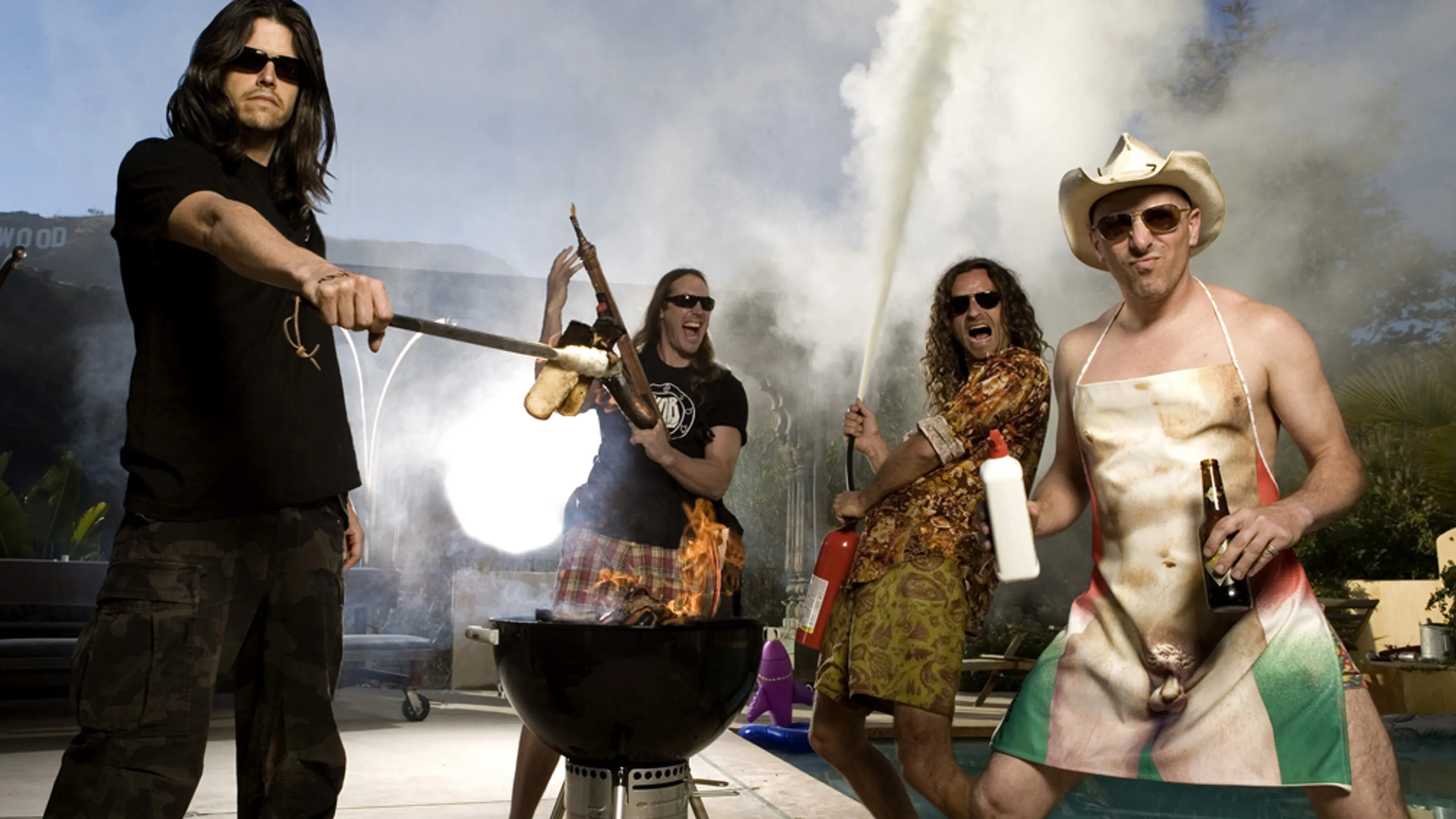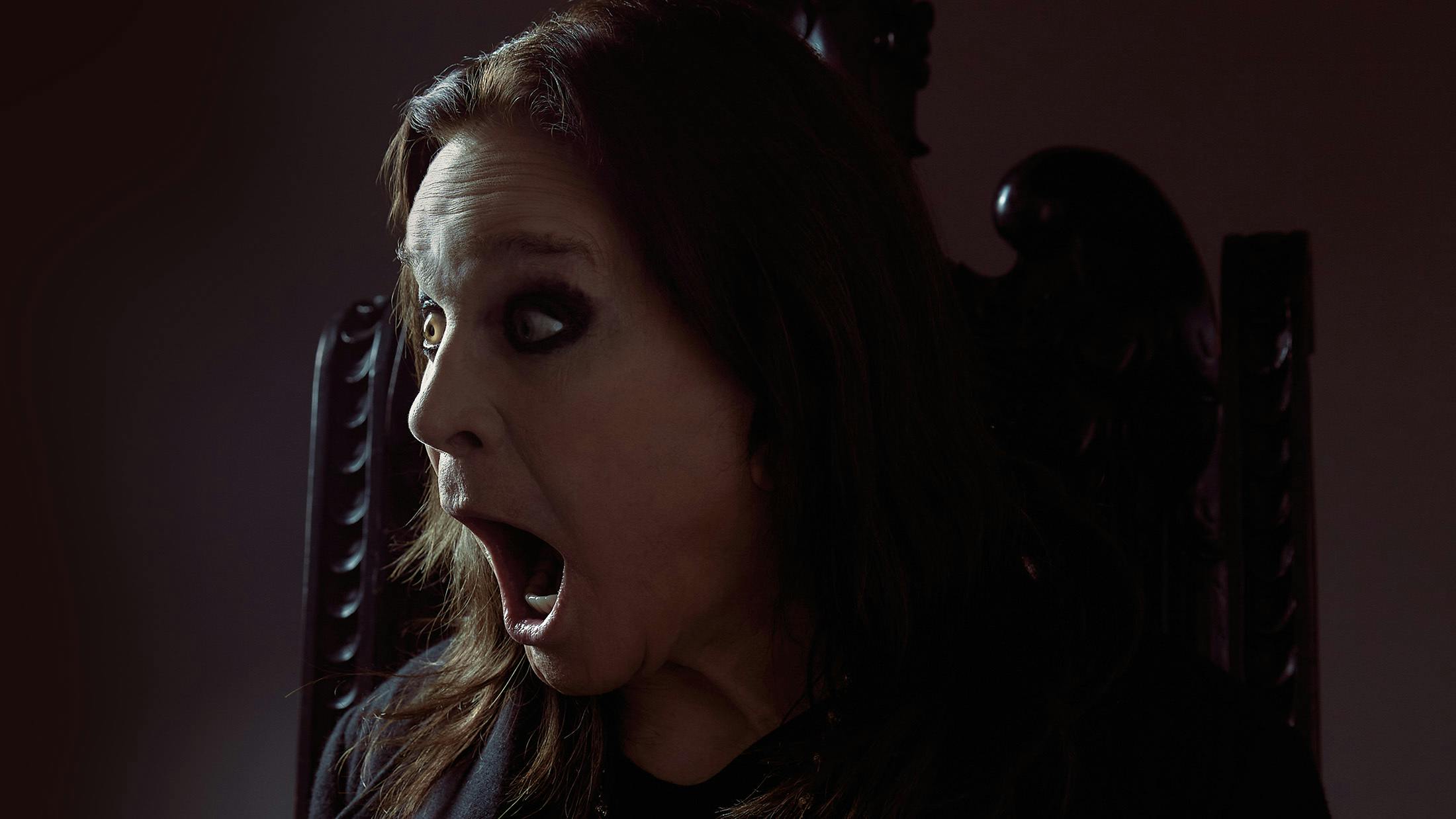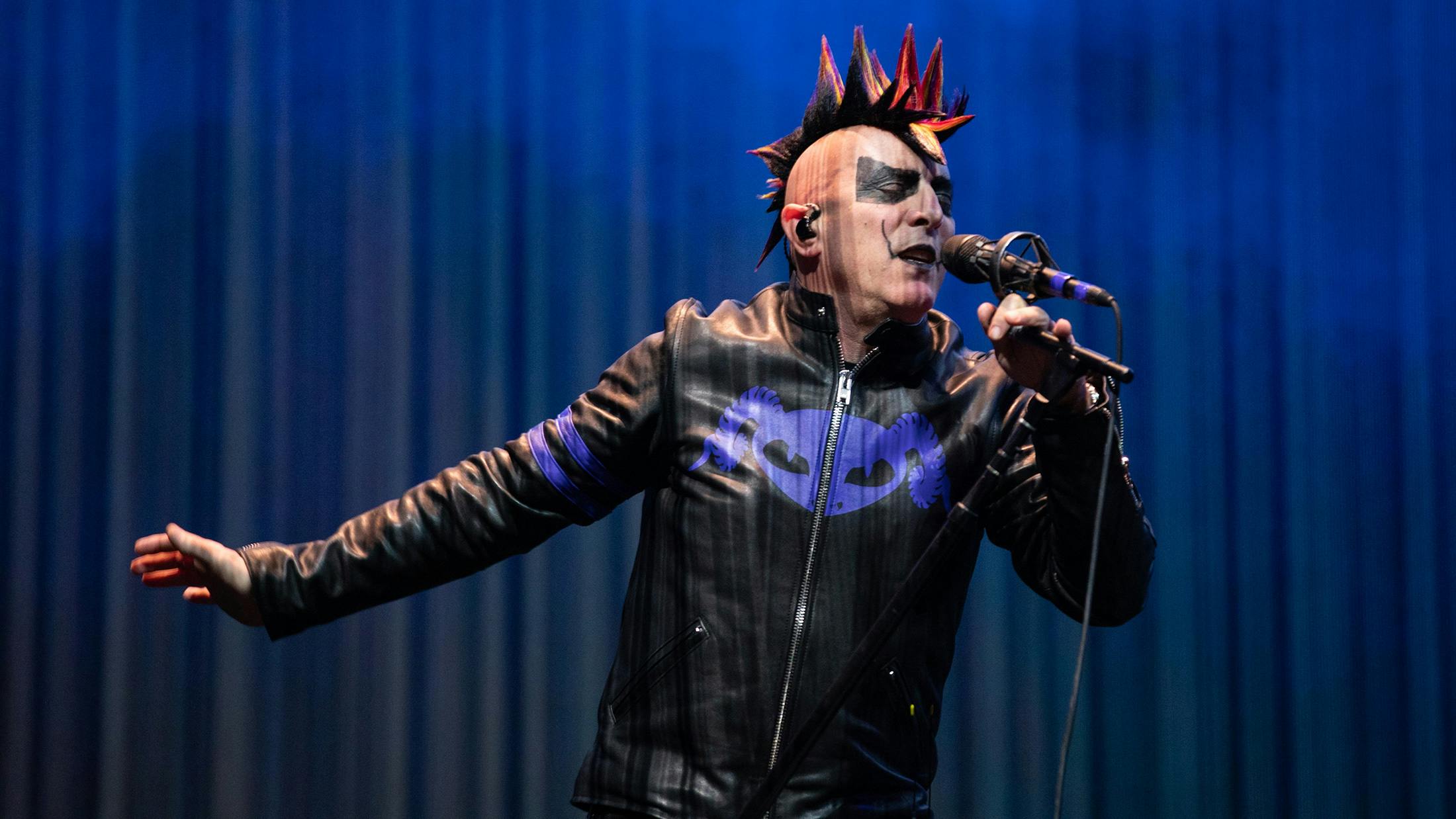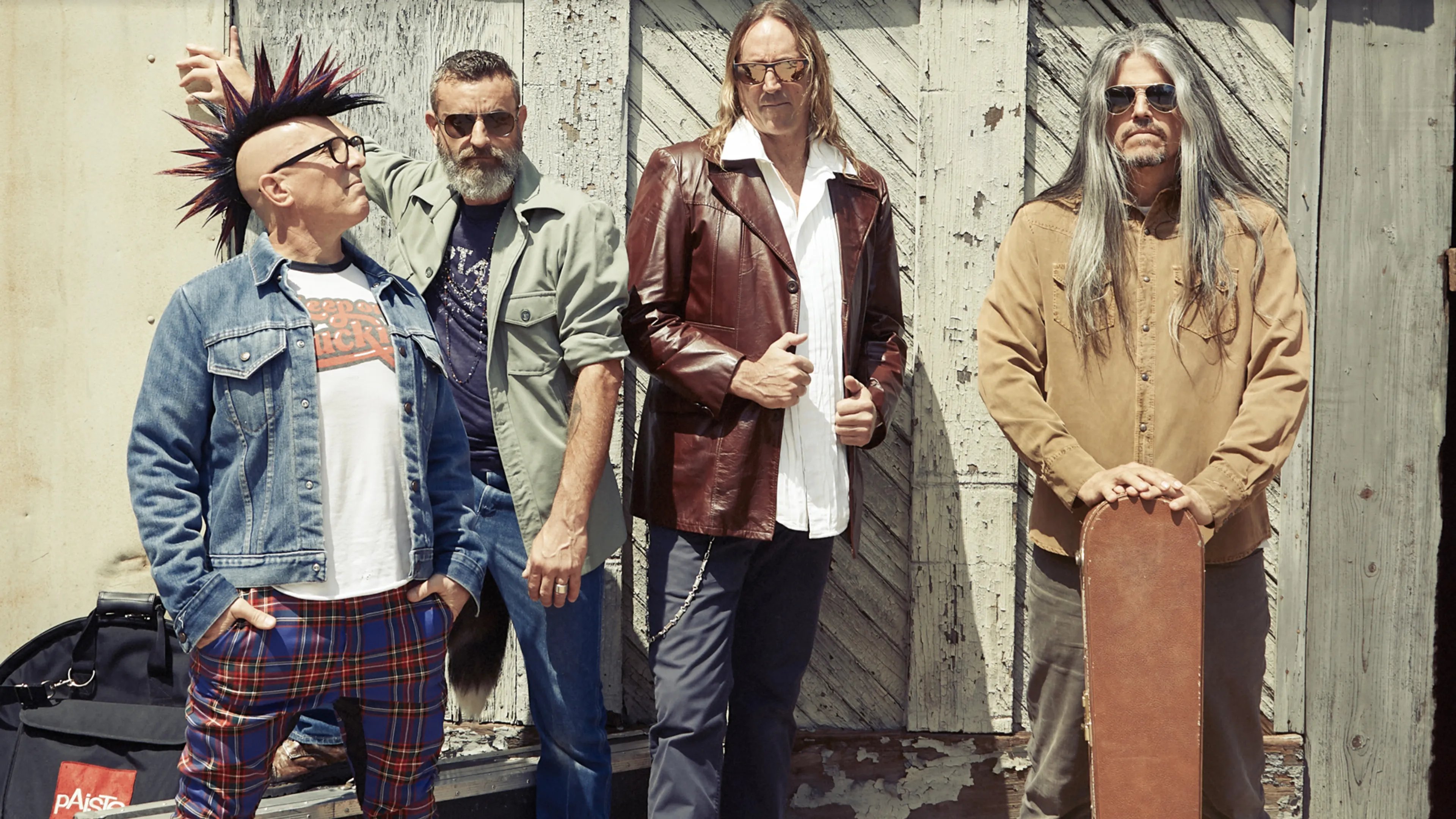Though it may feel like one repeating bass line virtually throughout on first listen, some studies have found nearly 50 different time signatures encased within Schism’s six minutes and 46 seconds. Whether you see it as one riff or multiple ideas chained together in a brain-bursting display of musical mathematics, the Lateralus lead single is also, in many ways, Tool at their catchiest. It won them a Grammy for Best Metal Performance in 2002, and helped clinch Album Of The Year in Kerrang! on year of release. The progressive rock-inspired reverie halfway in is remarkably transcendental, its reverberated and palm-muted guitars trickling against droning feedback and pitch-shifting bass notes. Like The Grudge, Schism seems to address past mistakes in its lyrics: ‘The light that fuelled our fire then has burned a hole between us so.’






